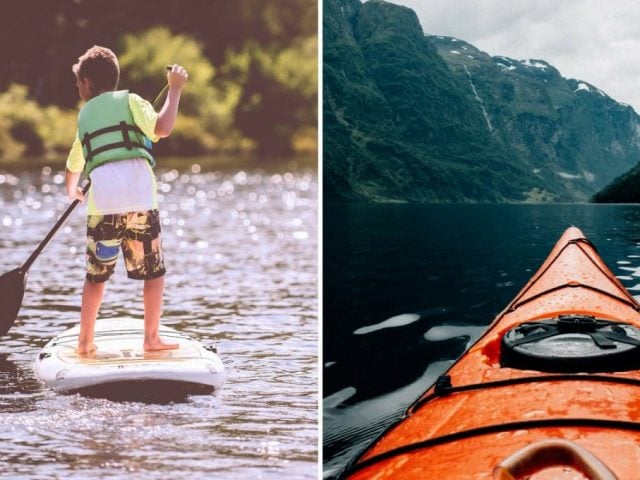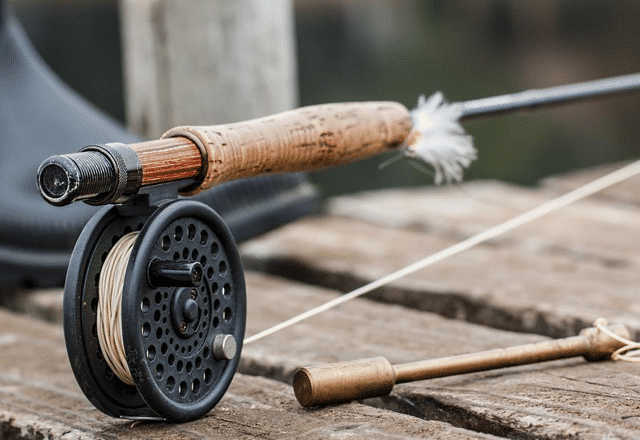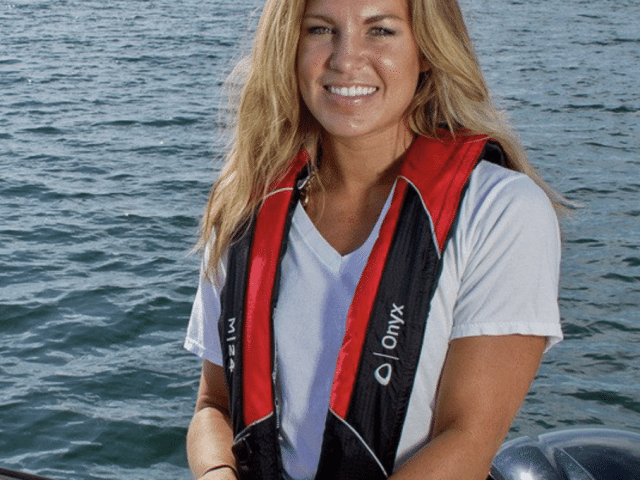If it’s the heart of winter wherever you are, you may have given up hope on getting on the water until it warms up again. While this is your choice (and a valid one if you don’t plan on practicing winter water safety), the truth is that it’s still possible to have a blast in your kayak or on your paddleboard, even if the weather outside is a little more frightful than delightful.
Although doing so will require tweaking your routine and probably adding some extra gear, you definitely don’t have to stay inside all winter. Here’s all you need to know about winter water safety.
Bring Along a Communication Device
It’s always a good idea to have a radio or cellphone with you when you’re out on the water, but it’s even more important when the temperatures start to drop. In fact, having a communication device in the winter could mean the difference between getting out of an accident alive or the other, worst-case, scenario.
It’s imperative to make sure you can get in touch with someone if you need them. If you are not sure if your phone will have service, for instance, make sure you have a backup method of communicating. A broad-band VHF radio will never be a bad device to bring along for winter water safety.
Remember 1-10-1
The general idea is not to go into the water when it’s cold, but there are times when you still might get wet – fully submerged or partially. If you or someone else falls in, remember the 1-10-1 rule.
- 1 – You have one minute to realize what has happened, overcome the shock, collect yourself, and get your breathing under control. If you can’t do this, the chances of drowning increase rapidly. If you’re with someone who goes in, this means that helping them control their breathing is the single most important thing you can do immediately after they fall in.
- 10 – You have about 10 minutes to get out of the water or to help your friend get out. After this, you’ll start to lose dexterity, especially in your fingers, which then makes getting out increasingly more difficult. The longer you stay in the water, the more the cold will affect the ways your body and mind can work to help you get out.
- 1 – This depends a lot on the ambient temperatures, wind chill, and other environmental factors, but you have approximately an hour before hypothermia (when your body loses heat faster than it can produce it) really starts to set in and someone who is cold could become unconscious. This is true even once you’ve gotten them out of the water. It means it’s crucial that you get someone to shore and warm them up after they have been pulled out, while still making an effort to control their breathing.
For more information to help you calculate hypothermia risk for winter boat safety, please check out this Hypothermia Table.
Wear Your Life Vest

Unfortunately, some outdoor sportsmen and women forget or simply choose not to wear their life vests. The thought process often looks something like this:
“I know how to swim. I’ve been in the water under surprising circumstances before and I feel confident I can get myself out of any situation that may arise.”
However, the shock of cold water is an added factor that sometimes has surprising (and potentially disastrous) effects. It’s always a good idea to wear your life vest year-round, but especially so for winter water safety.
A life vest helps you stay afloat as you recover from shock within that first minute. Plus, it helps you swim to the best location to get out of the water. It also reduces the effort you must exert to stay afloat and even provides some additional insulation against air temperatures once you’re out of the water. “Better safe than sorry” is an expression often repeated for a very good reason.
Tips on Life Jacket Fitting
It’s one thing to have your life vest on, but quite another to wear it properly. Fortunately, there’s an easy test you can do on land to make sure your life jacket is snug before you hit the water.
Start by putting it on, zipping it up (if applicable), and securing ALL the straps. Then, place your thumbs underneath the shoulder straps and try to lift them up. If you can easily lift the straps above your ears, you should tighten your life jacket.
Using your safety equipment correctly is essential for winter safety on the water. If you wear a loose life jacket and unexpectedly go for a swim, it can slide off and leave you in the same predicament as if you hadn’t worn a life jacket at all.
Take Someone Along
The buddy system is a great system to implement when you’re heading out to the water, but it’s an even better idea if doing so during the winter months. When you have someone with you, they can help you make good choices, haul you back into your boat or onto land if you go in, call for help, and more.
Without a buddy, a small accident can turn into something dangerous fast. When you have knowledgeable people alongside you, though, you stand a much better chance of getting out of a bad situation with little more than wet clothing and a bruised ego.
Have the Right Gear
You will need different gear for winter watersports than you do when it’s warmer. It’s important to remember that you need to dress for the water, not for the air. Even if the temperature hovers around 60 or 70 degrees outside, the water could be close to freezing.
Wearing the right type of gear can mean the difference between surviving an unexpected swim and suffering because of it. We make specific recommendations here, but you should always choose gear that works for you and your craft and fits the weather you’re currently experiencing.
Take Special Care With Ice
Ice is a special and specific type of hazard that you may have to deal with when you’re out on the water in the winter. Remember that a chunk of ice can look completely different underneath the surface of the water than it does on top.
It may stick out and slice the underside of your boat even if the portion visible to the eye above the water is small. Ice can also form cracks that are large enough to allow your boat to navigate through but may not actually be safe.
Keep in mind that, while beautiful, ice is treacherous and you may want to avoid it altogether unless you have previous experience paddling in and around it.
You don’t have to avoid the water in the winter. Take these extra precautions and you’ll be ready for anything that comes up. Remember to have fun out there, but be safe!





